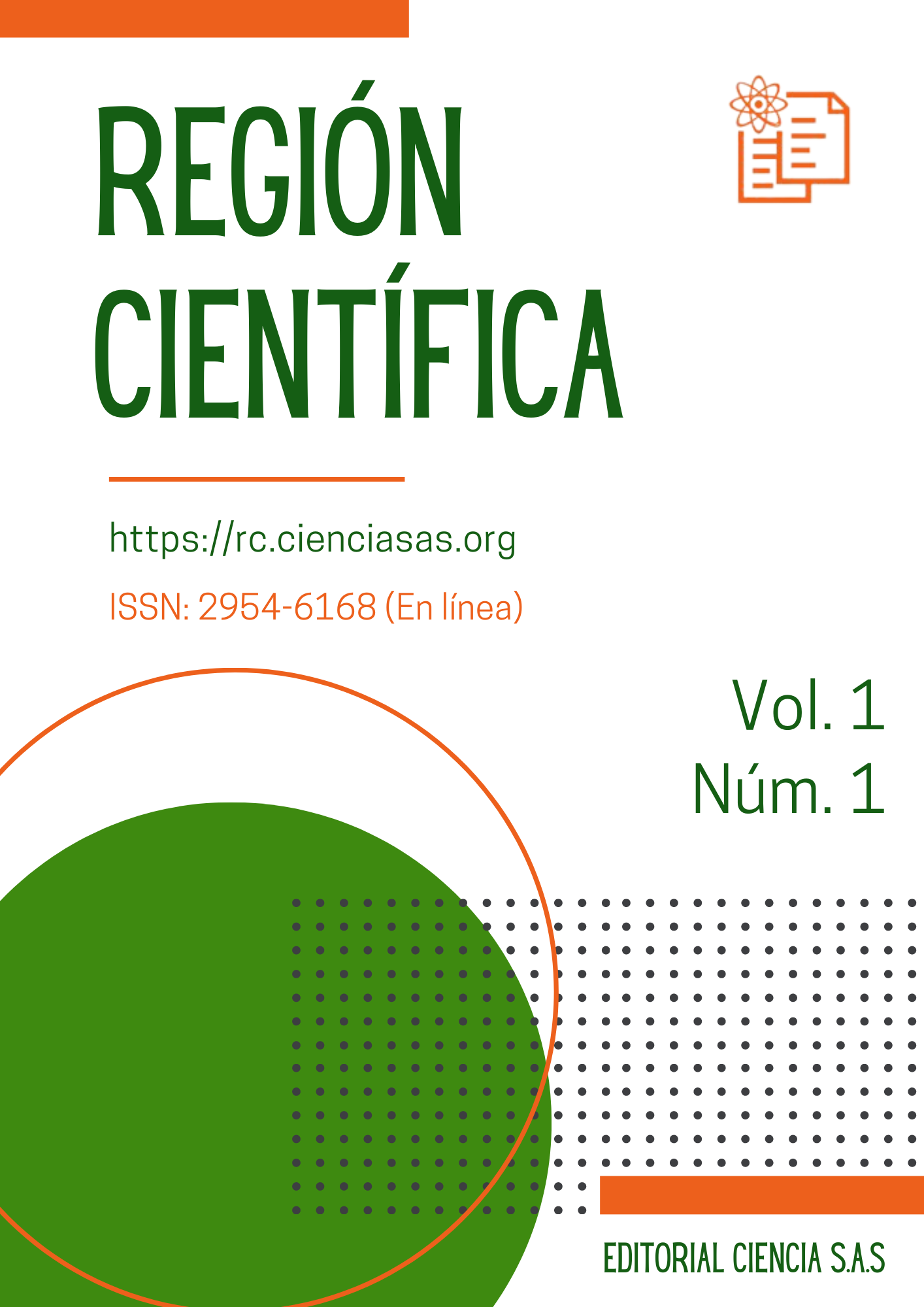Patterns of scientific communication on E-commerce: a bibliometric study in the Scopus database
DOI:
https://doi.org/10.58763/rc202214Keywords:
Bibliometrics, E-commerce, research trendsAbstract
Research requires policies that help define the lines of work and that favor the production of knowledge in areas that interest the states. E-commerce is carried out through the Internet as any transaction or exchange of commercial information based on data transmission. This manuscript aims to describe the global, regional and national trends and patterns of scientific production in E-commerce in Scopus. We applied a descriptive bibliometric method (cross-sectional descriptive observation) of the scientific production on E-commerce indexed in the Scopus database from 2011 to 2020. The universe consisted of 20667 documents. A sustained increase in scientific production was evidenced after 2015. The conference and original articles stood out regarding the number of documents. The most cited documents were review articles, books, and original articles. Statistically significant correlations were found between the analyzed productivity and impact indicators. After 2018, more works on e-commerce were published; but more citations of works published before this year were generated. That is, there is an expansion of E-commerce and, in turn, a decrease in the pattern of literature consumption. Most of the articles on e-commerce were contributed by Chinese authors, followed by those from the United States and India.
Metrics
References
Banco Mundial. (2021). Índice de facilidad para hacer negocios. Banco Mundial. https://datos.bancomundial.org/indicator/IC.BUS.EASE.XQ?end=2019&start=2019&view=bar
Cui, Y., Mou, J., y Liu, Y. (2017). Bibliometric and visualized analysis of research on e-commerce journals. Proceedings of the International Conference on Electronic Commerce, 1-7. https://doi.org/10.1145/3154943.3180441
Curtis, H. (2016). The evolving relationship between business and science. EuroScientist Journal. https://www.euroscientist.com/evolving-relationship-business-science/
Elsevier. (2021a). Content—How Scopus Works—Scopus. Elsevier. https://www.elsevier.com/solutions/scopus/how-scopus-works/content
Elsevier. (2021b). What is the complete list of Scopus Subject Areas and All Science Journal Classification Codes (ASJC)? Scopus: Access and use Support Center. https://service.elsevier.com/app/answers/detail/a_id/15181/supporthub/scopus/
Escobar-Rodríguez, T., y Carvajal-Trujillo, E. (2014). Online purchasing tickets for low cost carriers: An application of the unified theory of acceptance and use of technology (UTAUT) model. Tourism Management, 43, 70-88. https://doi.org/10.1016/j.tourman.2014.01.017
Hsu, C. y Chiang, C. (2017). Electronic Commerce Research Profiles: Comparing E-Commerce and Information Systems Journals. Pacific Asia Journal of the Association for Information Systems, 9(3), artículo 4. https://doi.org/10.17705/1pais.09303
Katz, J. y Martin, B. (2016). What is research collaboration? Res Policy, 26(1), 1-18. https://n9.cl/gfi6s
López, W. (2017). ¿Puede la cienciometría contribuir a la evaluación de la producción intelectual? Univ. Psychol, 16(4), 1-3. https://n9.cl/2afb1
Mesías, J., Giraldo, J. y Díaz, B. (2011). Aceptación del e-commerce en Colombia: Un estudio para la ciudad de Medellín. Revista Facultad de Ciencias Económicas: Investigación y Reflexión, 19(2), 9-23. https://doi.org/10.18359/rfce.2245
Mohamed Fadel Bukhari, S., Ghoneim, A., Dennis, C., y Jamjoom, B. (2013). The antecedents of travellers’ e-satisfaction and intention to buy airline tickets online: A conceptual model. Journal of Enterprise Information Management, 26(6), 624-641. https://doi.org/10.1108/JEIM-07-2013-0040
Pal, J. (2020). Understanding research productivity in the realm of evaluative scientometrics. Annals of Library and Information Studies (ALIS), 67(1), Art. 1. https://n9.cl/caf7n
Sanabria, V., Torres, L. y López, L. (2016). Comercio electrónico y nivel de ventas en las MiPyMEs del sector comercio, industria y servicios de Ibagué. Revista EAN, 80, 132-154. https://n9.cl/gcq9q
Sánchez, J. y Arroyo, F. (2016). Diferencias de la adopción del comercio electrónico entre países. Suma de Negocios, 7(16), 141-150. https://doi.org/10.1016/j.sumneg.2016.02.008
Shiau, W. y Dwivedi, Y. (2013). Citation and co-citation analysis to identify core and emerging knowledge in electronic commerce research. Scientometrics, 94(3), 1317-1337. https://doi.org/10.1007/s11192-012-0807-5
Sibiya, P. (2011). The role of research and development in industry and commerce. International Journal of Scientific and Engineering Research, 2(8), 1-10. https://n9.cl/rfsw3
Tan, K., Chong, S., y Lin, B. (2013). Intention to use internet marketing: A comparative study between Malaysians and South Koreans. Kybernetes, 42(6), 888-905. https://doi.org/10.1108/K-12-2012-0122
Vásquez, L. (2021). Propuesta de implementación de un switch transaccional financiero para administrar los medios de pagos de las entidades bancarias conectadas a NetPay S.A. [Tesis de Maestría, Universidad Católica de Santiago de Guayaquil]. http://repositorio.ucsg.edu.ec/handle/3317/15913
Ynalvez, M. y Shrum, W. (2014). Professional networks, scientific collaboration, and publication productivity in resource constrained research institutions in a developing country. Res Policy, 40(2), 204-216. https://n9.cl/qeaa4
Yoon, C. (2009). The effects of national culture values on consumer acceptance of e-commerce: Online shoppers in China. Information & Management, 46(5), 294-301. https://doi.org/10.1016/j.im.2009.06.001
Zahra, A., Nurmandi, A., Tenario, C., Rahayu, R., Benectitos, S., Mina, F. y Haictin, K. (2021). Bibliometric Analysis of Trends in Theory-related Policy Publications. Emerging Science Journal, 5(1), Art. 1. https://doi.org/10.28991/esj-2021-01261
Downloads
Published
How to Cite
Issue
Section
License
Copyright (c) 2022 Fernando Ledesma, Beltrán Enrique Malave González

This work is licensed under a Creative Commons Attribution-NonCommercial-ShareAlike 4.0 International License.
Este artículo se distribuye bajo la licencia Creative CommonsReconocimiento-NoComercial-CompartirIgual 4.0 Internacional. A menos que se indique lo contrario, el material publicado asociado se distribuye bajo la misma licencia.












